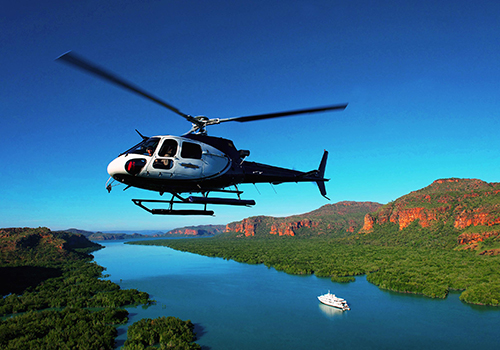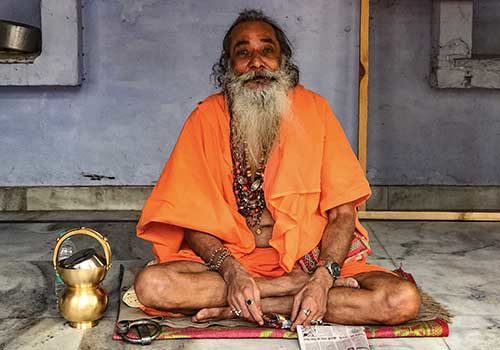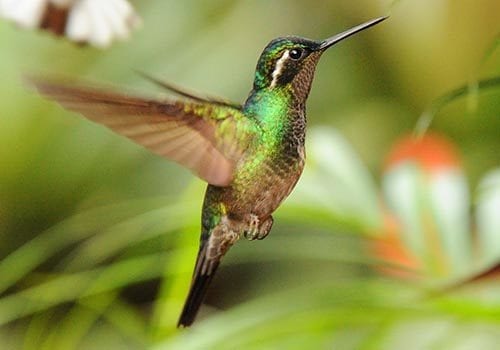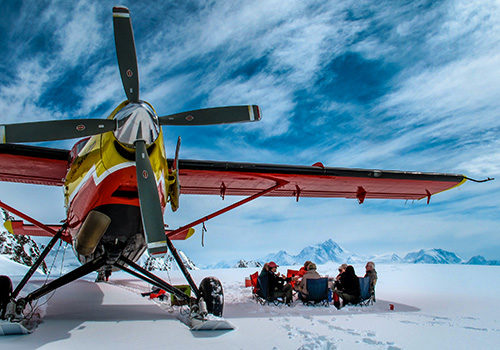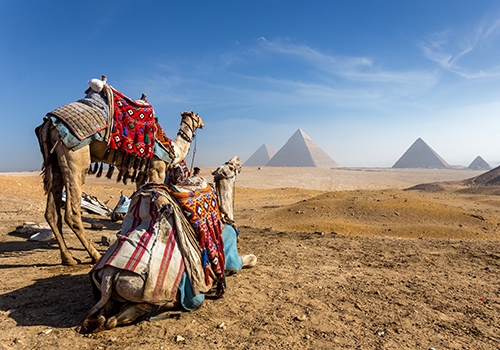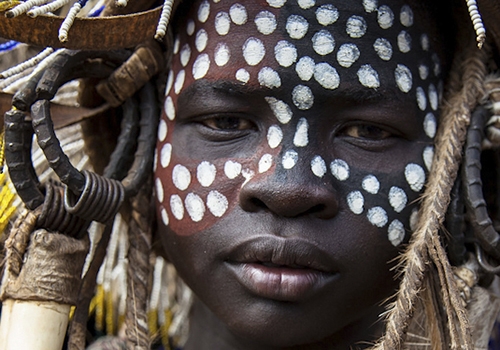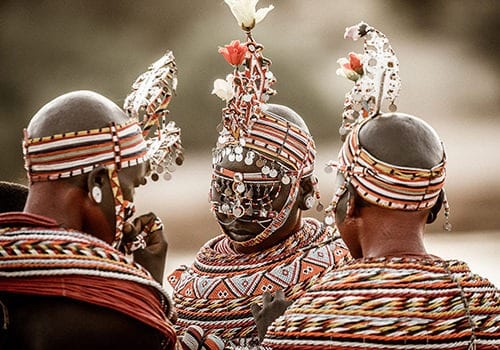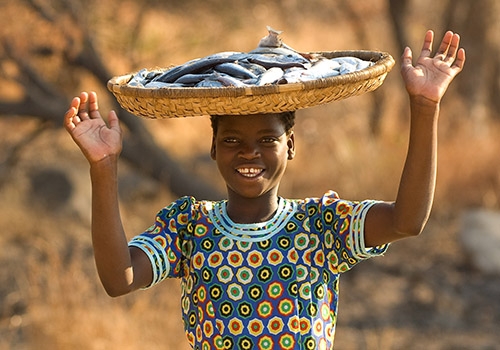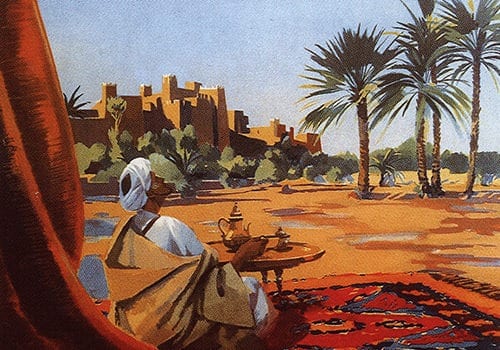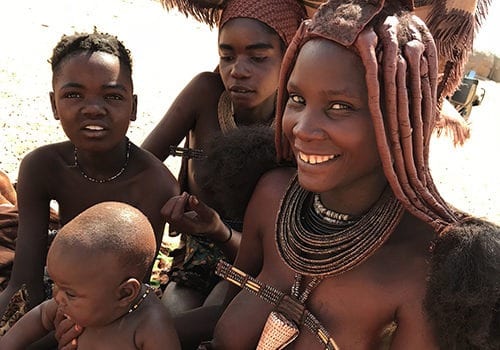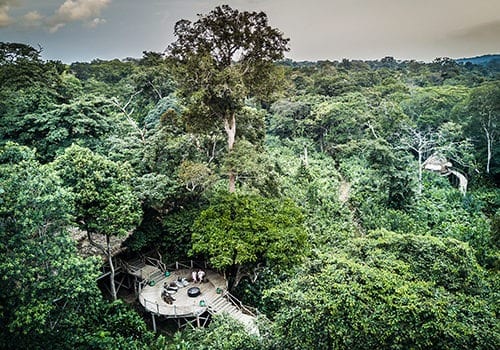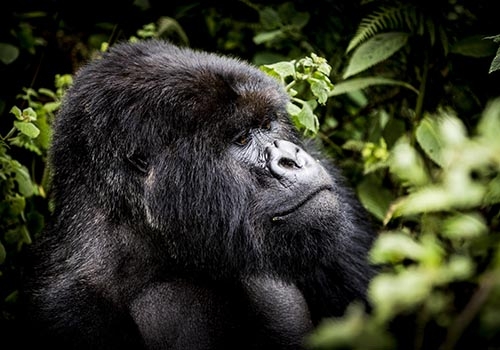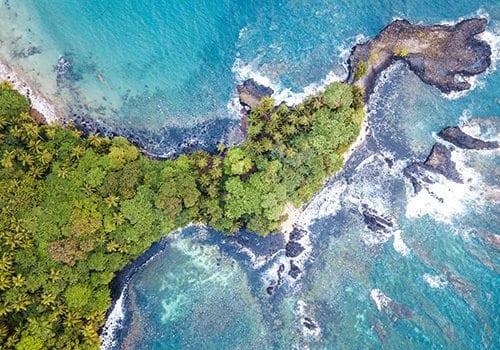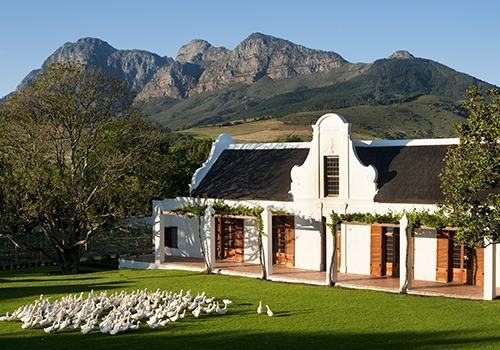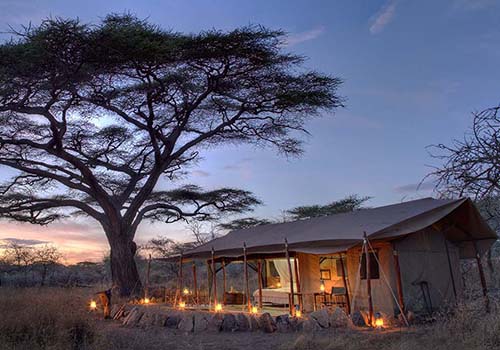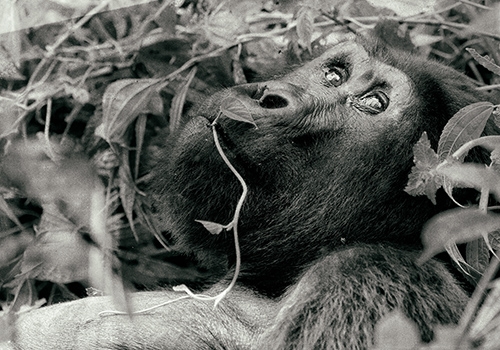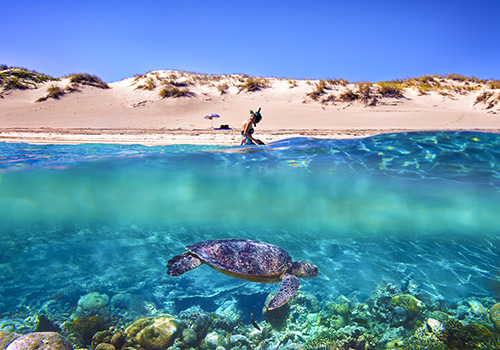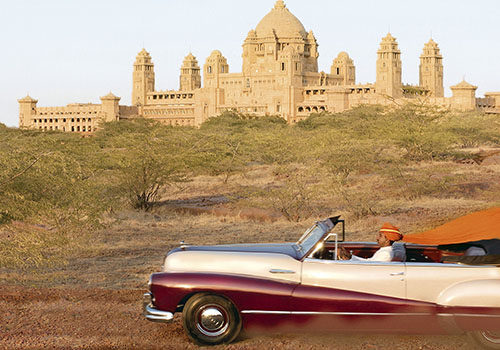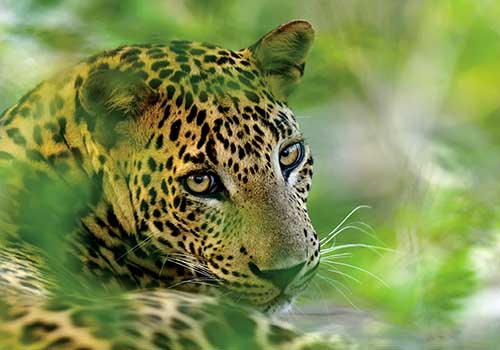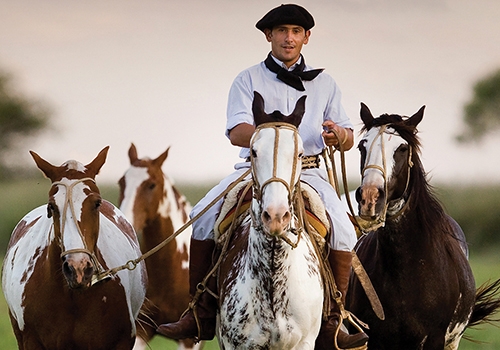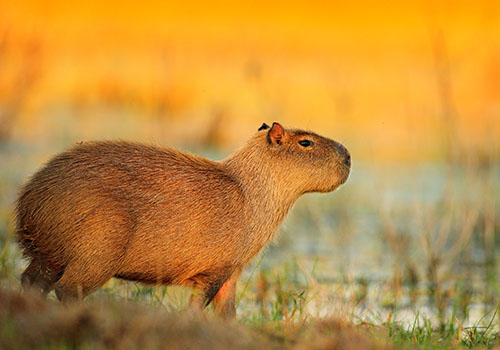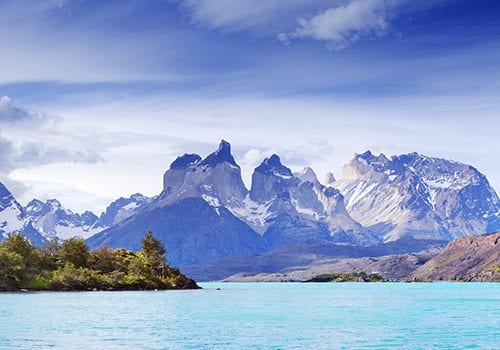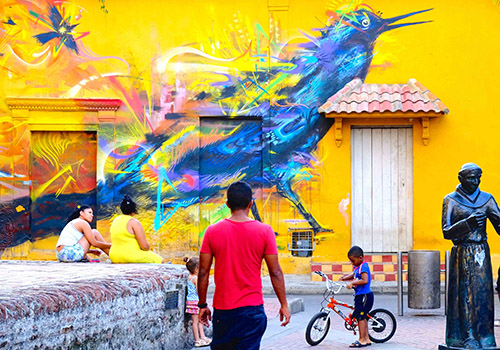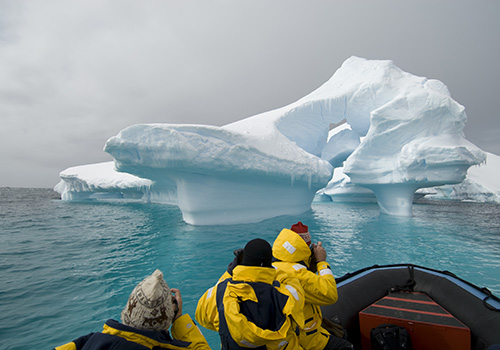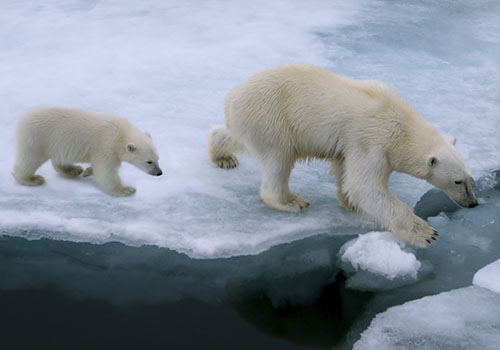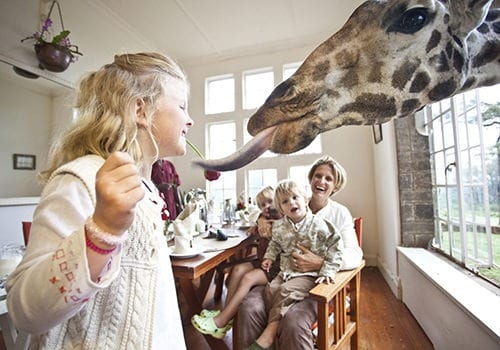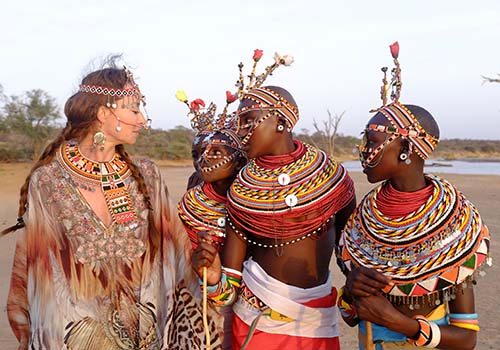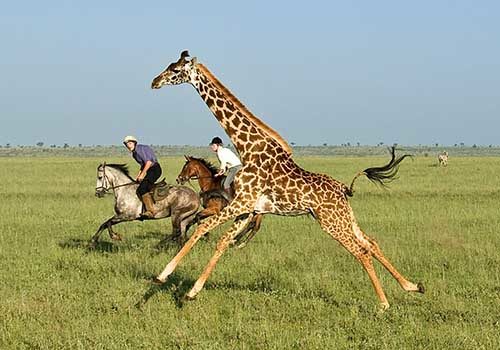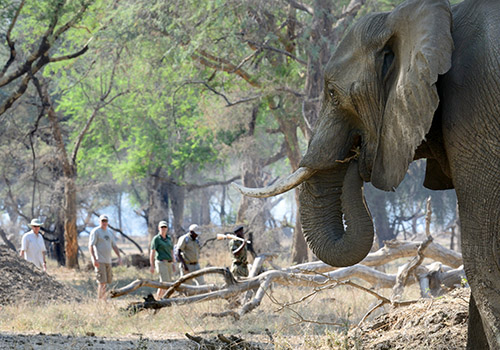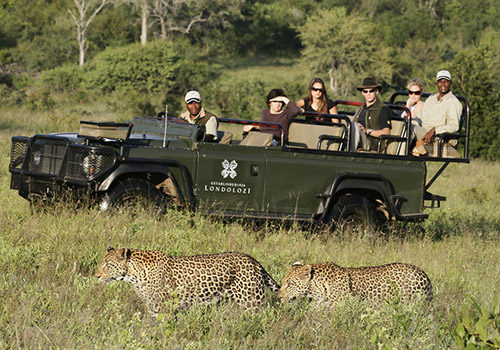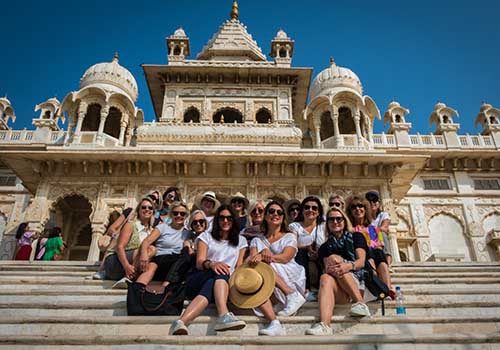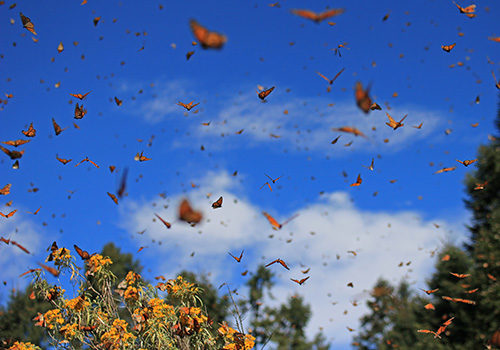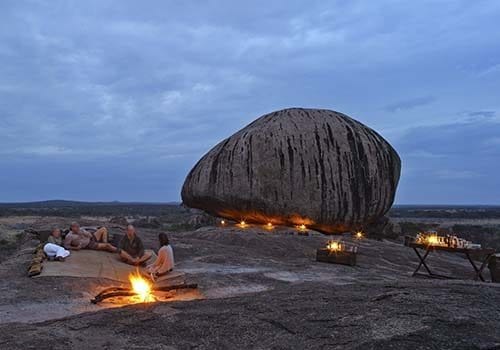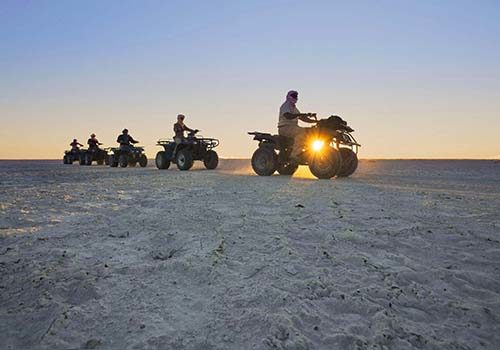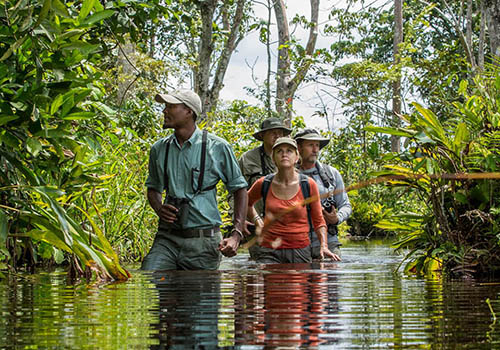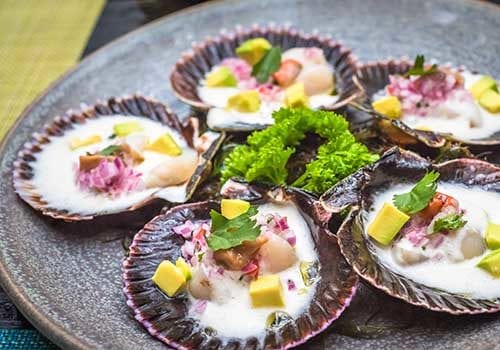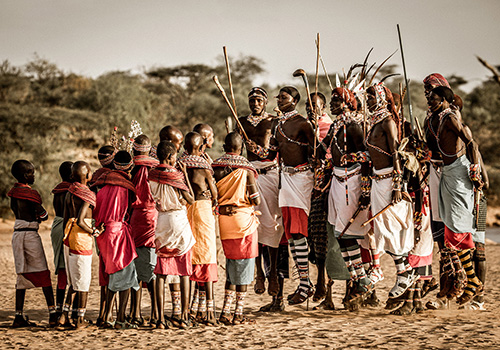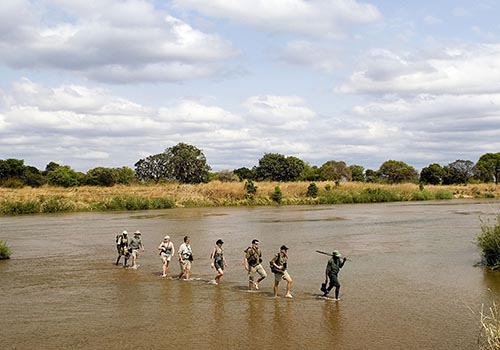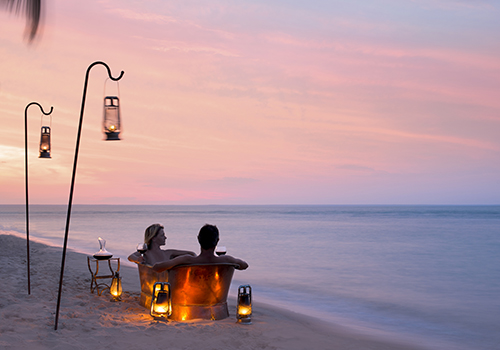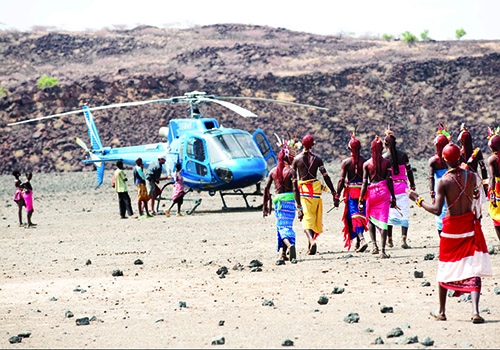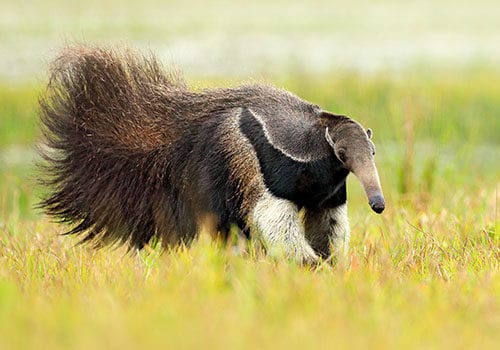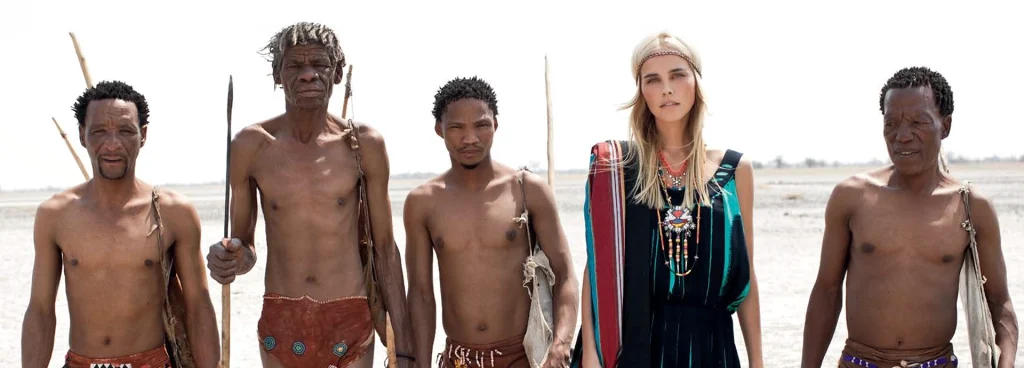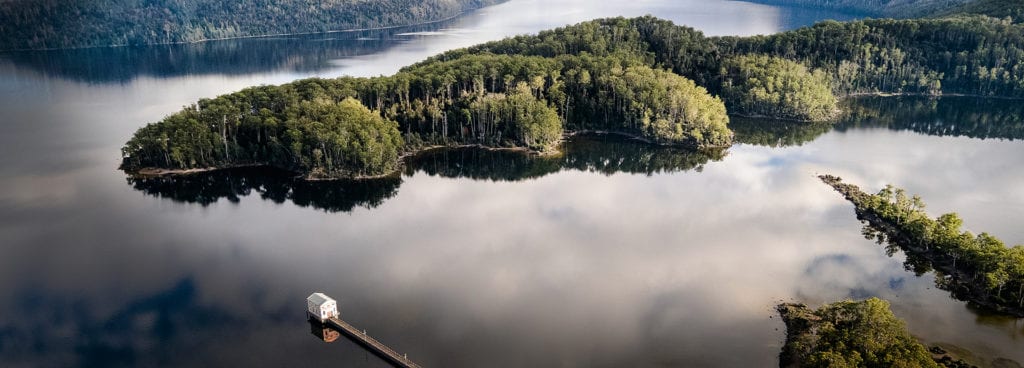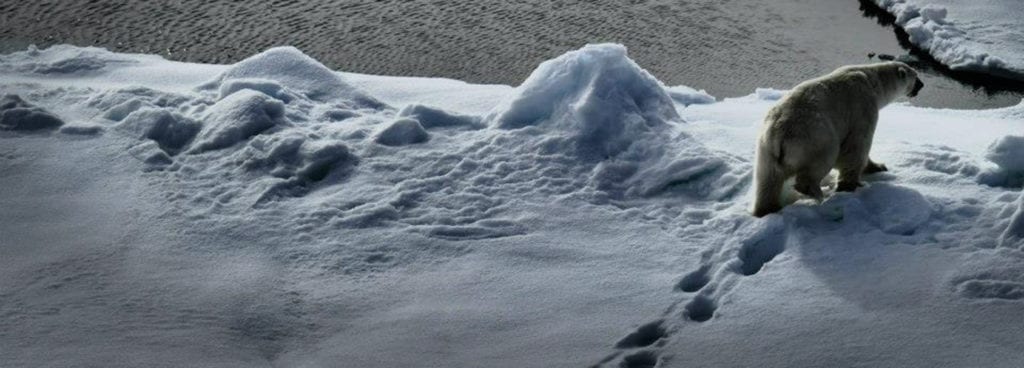DISPATCHES FROM EXOTIC LANDS
We sent journalist Sue Williams on a journey through Kenya to witness tourism, wildlife conservation and local communities working in harmony together. This is her story…
Luxury safaris, wildlife conservation and community
Maasai warriors in Kenya now protect African wildlife: The hunters are now the collectors
The little kid is hunched over his school book in a dusty classroom of a village school in Kenya, close to the equator. A visiting tourist peers at the lion he’s carefully drawing and tells him what a great job he’s making. The boy, probably no more than seven, beams with pride. “This lion is my friend,” he tells her. “He bought me this pencil!”
This boy is part of a gradually unfolding revolution in Kenya that is seeking to reconnect Africans to wildlife conservation. For as they start to share in the income from a booming sustainable tourism industry, so they become eager to help protect and preserve the lion, leopard, rhino, buffalo and elephant that bring many of these tourists to their lands.
Where once Maasai warriors, for instance, would kill a lion on their coming of age to prove their strength and courage, now they’re being persuaded that to be a guardian of lions carries much more prestige and honour. While rhinos have so often been targeted by poachers for their valuable horn, locals are now much keener to report any suspicious newcomers they feel may be up to no good.
Schemes like the Big Life Foundation, a partner of the Ol Donyo Lodge in the Chyulu Hills of southern Kenya, just north of Mount Kilimanjaro, are champions of wildlife conservation, also giving work and wages to hundreds of Maasai as rangers to protect more than 8,000 square kilometres of wilderness in the Amboseli-Tsavo-Kilimanjaro ecosystem.
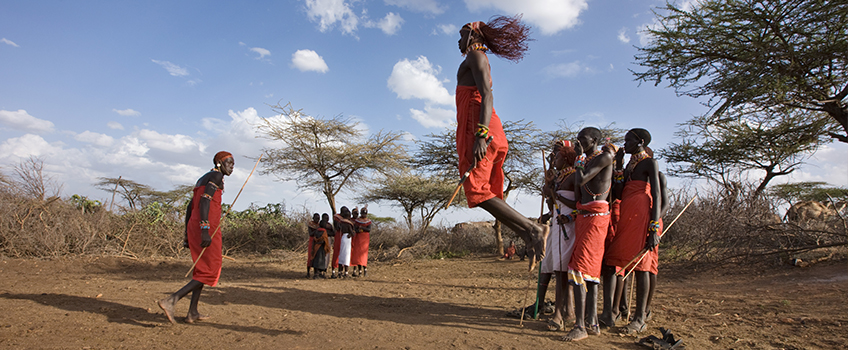
And new partnerships between wildlife conservancies and cattle-owning Samburu warriors further north mean that if a wild animal kills one of their livestock, they’re able to claim compensation as long as they don’t take revenge on the predator. Slowly, these alliances are proving incredibly successful in allowing game – once seen as competitors for land, food and water, and a major threat to human security – to flourish.
Across much of the rest of Africa, poaching is a major threat. The African Wildlife Foundation (AWF), the leading international conservation organisation focused solely on Africa, predicts that, at current rates, elephants, rhinos and other iconic species will all be gone within our lifetimes.
Poachers mostly target the bigger animals for their horn, tusks, pelts or bones, and there is also enormous pressures on the wildlife’s land, moving them closer to humans with the inevitable clashes. AWF research has found that the population of black rhinos has fallen 97.6 per cent since 1960, making them now critically endangered, up to 35,000 elephants were killed in 2005 alone, only about 2,000 of the endangered Grevy’s zebra remain and 85 per cent of the historic rangelands of lions has been lost.
Yet in many parts of Kenya wildlife conservation programs are doing so well, they are fast becoming templates for the continent to help successfully conserve the wildlife and enrich locals simultaneously.
And tourists, like me, are among the biggest winners. It’s wonderful to watch buffalo rolling around in the mud at one of Kenya’s first wildlife conservancies, the Nairobi National Park, while staying at The Emakoko Lodge, knowing there’s little chance today of hunters attacking them for their meat.
Similarly, it’s stunning to gaze on black rhino stomping across the vast yellow plains of the Lewa Wildlife Conservancy on the northern slopes of Mount Kenya in the middle of the country, with their young often hiding shyly behind their legs, knowing they’re going to be safe from poachers.
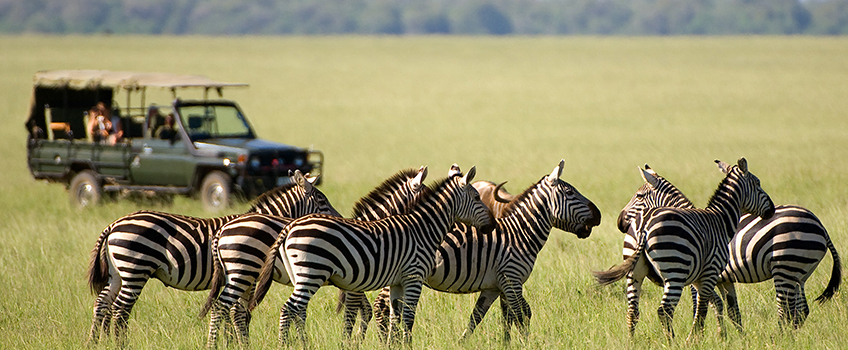
As a lioness watches protectively over her cubs nearby, it’s heartening to realise it’s odds on they’ll reach maturity, too.
Yet that’s not the only way visitors revelling in these sights are benefiting. With the local Kenyan community now a partner in Lewa, these magnificent lions bring in the tourist dollars that have helped pay for major improvements in our young student artist’s Elsa Primary School – and provide more bursaries, books, paper and pencils. As a result, the school now invites tourists to visit their classrooms and receive one of the friendliest, most heart-warming welcomes imaginable.
It’s an introduction that tourists rarely had before. But now many tribal people are inviting them to their schools, homes, workplaces and into their lives to learn and understand their traditional ways, feeling it’s a much more equal exchange of trade.
“People love coming here not only to see the wildlife, but to meet some of the local people,” says Calum Macfarlane who runs Lewa House. “Things are really changing. People can now see the benefits of wildlife conservation, they can see what a difference it’s making to their lives and Lewa’s become a bit of a model for that. People are now coming from around the world to see how it’s done.”
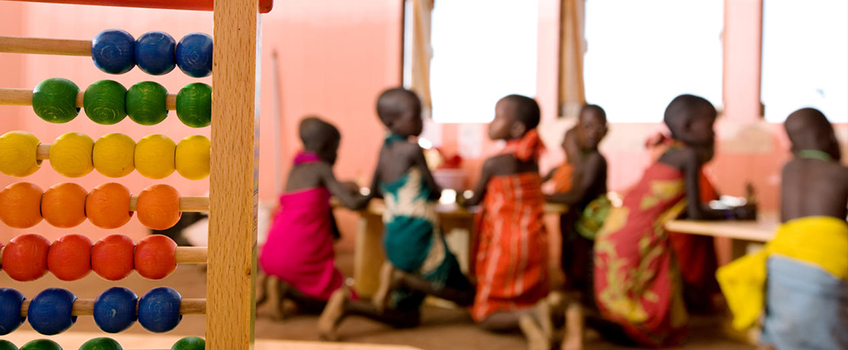
While most tourists are still from Britain and the US, the number of Australians visiting is rising steadily. Although we’ve traditionally tended to favour Asia for our holidays, many more of us are now seeking out Africa, and Kenya in particular, for trips with the Sydney-based Classic Safari Company’s bookings up 30 per cent on previous years.
In Kenya, another major factor in the change of attitude towards wildlife is the success of the Maasai Olympics, a much more colourful version of the main event, where warriors compete in events such as spear-throwing, standing jumps and running.The games have been held every two years since 2012 as an alternative way for young men to prove themselves rather than the traditional killing of a lion. The winners receive medals and cash prizes, and the top village, a prized breeding bull.
A survey last year found 91 per cent of the Maasai believed that the Maasai Olympics had made them much more willing to support lion conservation, with 93 per cent saying they felt it offered a good, or very good, alternative to traditional lion hunts to establish and recognise manhood…. read more.

